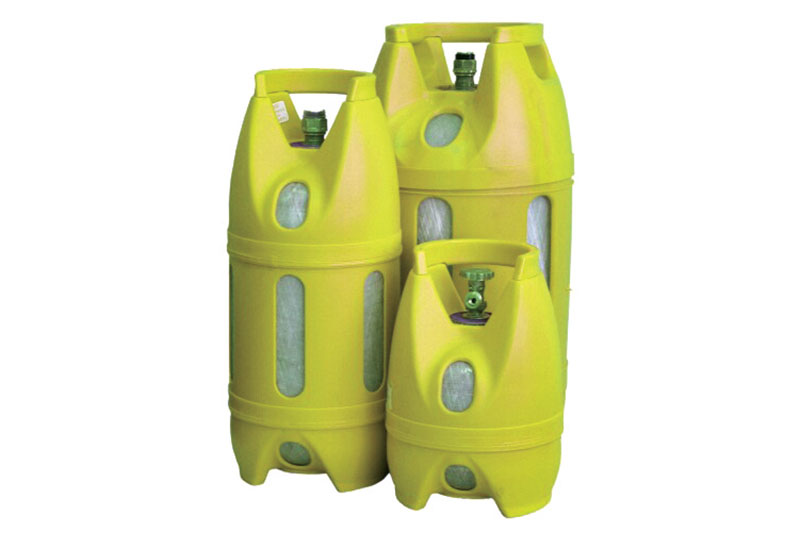Composite LPG cylinders fail to find market as cost is high
Kathmandu, January 31
Though it has been over eight months since the non-explosive composite liquefied petroleum gas (LPG) cylinders were introduced in the market, consumers are not very keen on acquiring such high-tech LPG cylinders due to the high cost.
Not only customers, but gas bottlers in the country are also unwillingly to trade in composite LPG cylinders following its lean demand in the domestic market.
A composite LPG cylinder costs Rs 10,625 in the retail market against metallic cylinder, which costs around Rs 2,200 per cylinder on average.
So far, only Nepal Gas and NL Gas have been selling such composite LPG cylinders in the market and less than 1,000 composite LPG cylinders have been consumed in the Nepali market in the past eight months, according to Gokul Bhandari, president of Nepal LP Gas Industries Association.
A private trading company — Classic Trade International — had introduced composite LPG cylinders in Nepal for the first time in May following approval from the Nepal Bureau of Standards and Metrology (NBSM).
The government had allowed traders to introduce such LPG cylinders in the market in a bid to curb the risk of explosion that is prevalent in metallic LPG cylinders currently in use.
However, the demand of composite LPG cylinders has been weak in the country due to the high price though such cylinders are believed to be much safer than the metallic LPG cylinders.
These composite LPG cylinders are made with helically woven fibre and resin, making them non-explosive even when exposed to fire. They are non-explosive in the sense that such cylinders, instead of exploding under fire exposure after gas leakage, will burn down unlike metallic cylinders.
“Undoubtedly, composite LPG cylinders are safer compared to normal metallic LPG cylinders. However, such cylinders are unable to find a market here in Nepal due to lack of effective marketing of the product,” said Bhandari.
Similarly, Bhandari also said that high customs duty on composite LPG cylinders has made them costlier in the domestic market and consumers are unwilling to pay high price.
“The government has imposed 30 per cent customs duty on composite LPG cylinder while customs tariff for normal metallic cylinder is only 7.5 per cent,” he informed.
However, gas bottlers have said that the government should promote the use of composite LPG cylinders through effective marketing and consumer awareness and bring down the import duty on such cylinders.
“Once customs duty on composite LPG cylinder is slashed, its price will come down automatically and such cylinders will gradually grab the attention of consumers,” added Bhandari.
Meanwhile, gas bottlers have said that composite LPG cylinders are getting popular among trekkers as such cylinders are also available in five-kg size. Trekkers who were earlier compelled to carry larger metallic cylinders during treks are opting for light composite cylinders at present.
Composite cylinders are said to be up to 35 per cent lighter compared to conventional metallic LPG cylinders, which weigh around 30 kilograms with 14.2 kg of gas filled in it.






